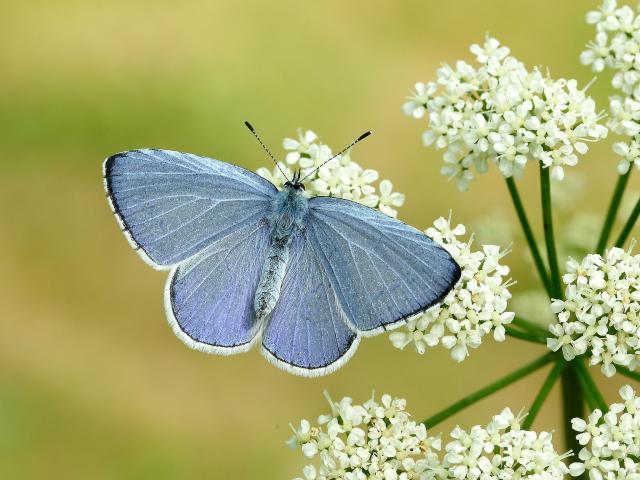
Holly Blue
This is the largest and rarest of our blue butterflies, distinguished by the unmistakable row of black spots on its upper forewing. Undersides are pale brown with black spots. The Large Blue is one of the most enigmatic butterflies, whose remarkable life cycle involves spending most of the year within the nests of red ants, where the larvae feed on ant grubs.
The Large Blue has always been rare in Britain and became extinct in 1979, but it has been reintroduced from continental Europe as part of a long-term and highly successful conservation project.
The Large Blue is declining throughout its world range and is endangered globally.
Larvae initially feed on the flower-heads of Wild Thyme (Thymus polytrichus) but from their fourth instar they feed on ant grubs within the nests of the Myrmica red ants. Survival rates are highest within nests of Myrmica sabuleti and much poorer in those of M. scabrinodis. Eggs may be laid on Wild Marjoram (Origanum vulgare) but this usually flowers too late to be used on most British sites.

Warm and well-drained unimproved grasslands, usually acidic coastal grassland or limestone grassland.
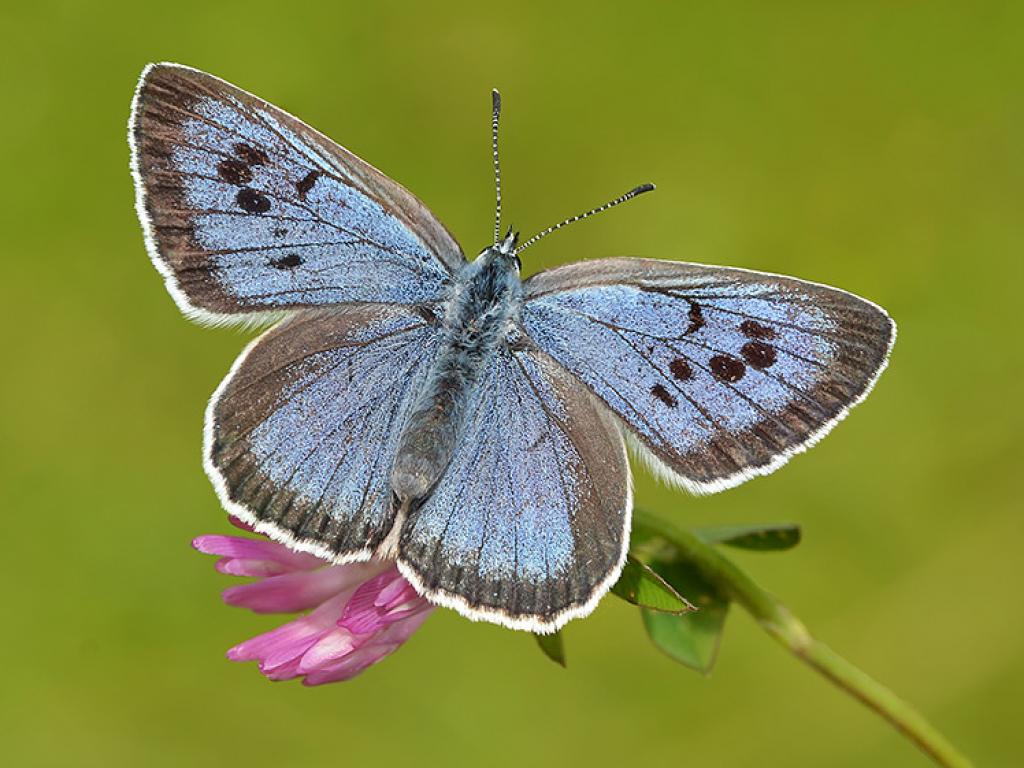
Pete Withers
Pete Withers
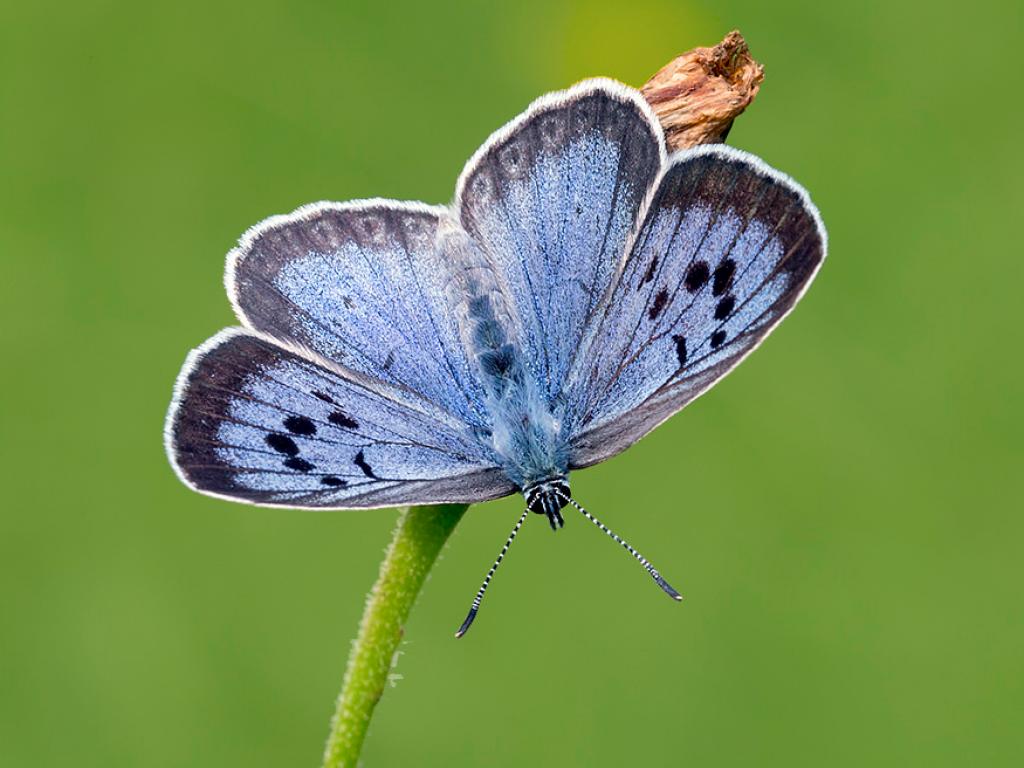
Nigel Kiteley
Nigel Kiteley
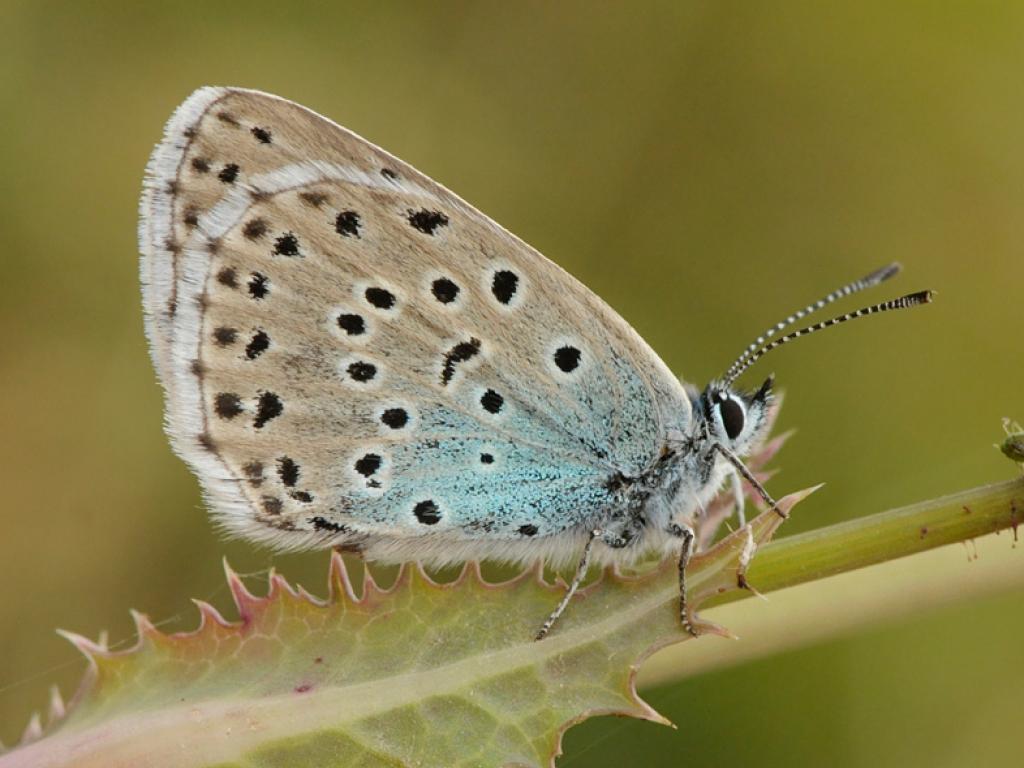
Pete Withers
Pete Withers
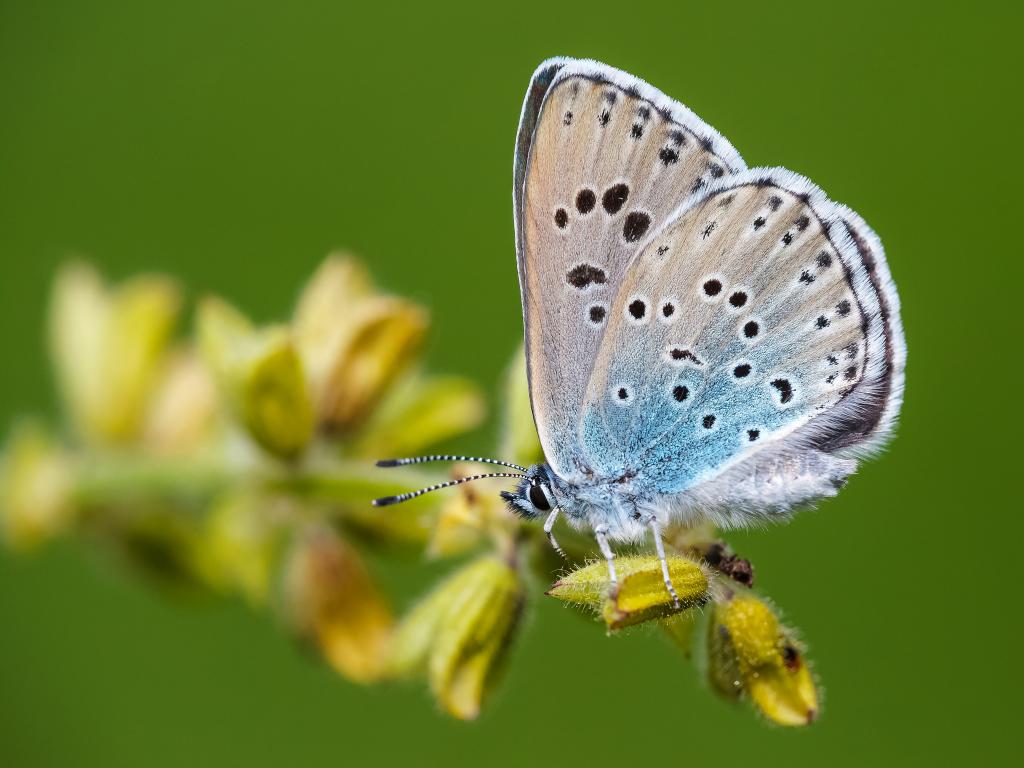
Large Blue - Adam Gor
Adam Gor
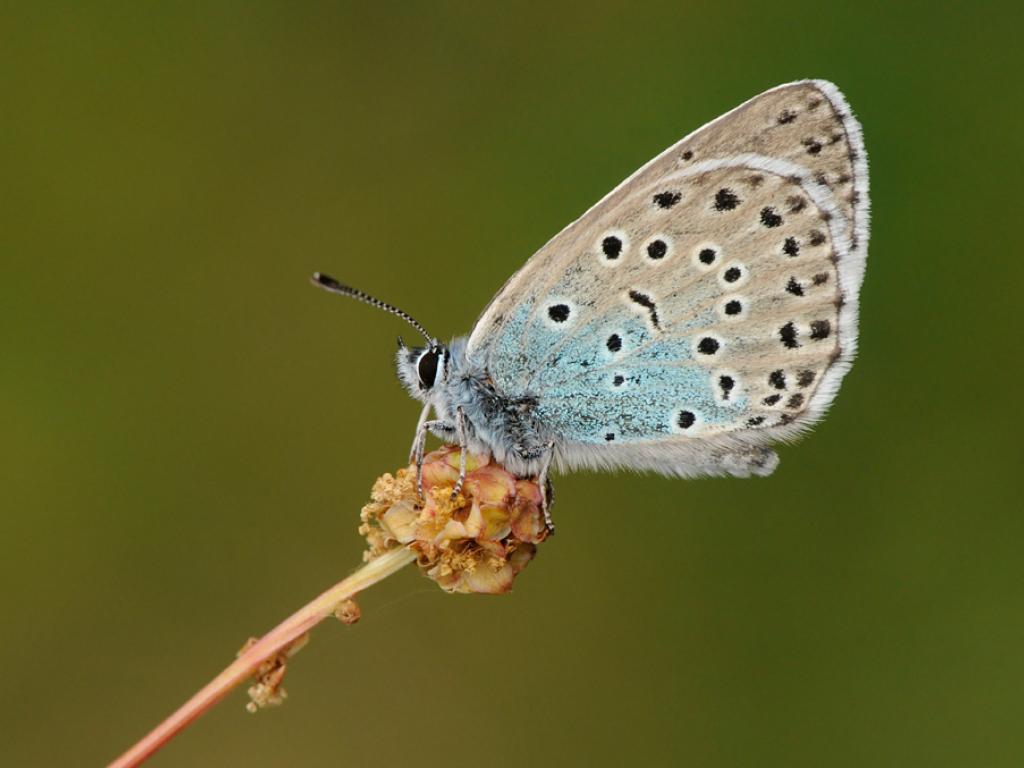
Large Blue (underwing) - Peter Withers
Peter Withers
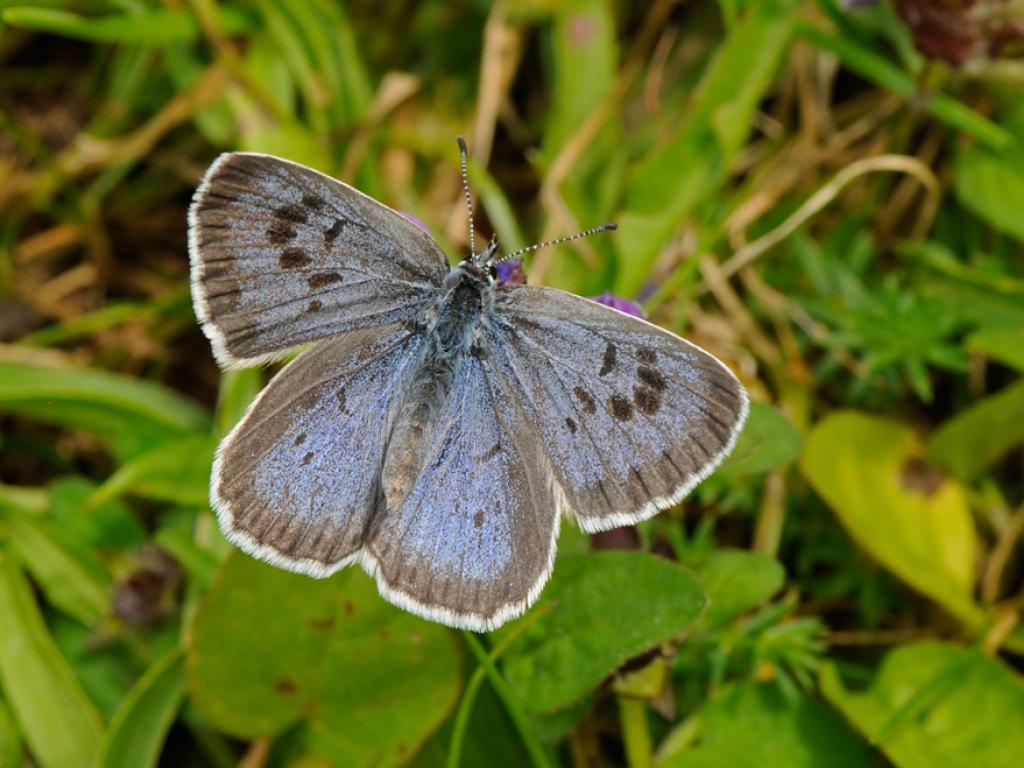
Large Blue (upperwing) - Peter Withers
Peter Withers
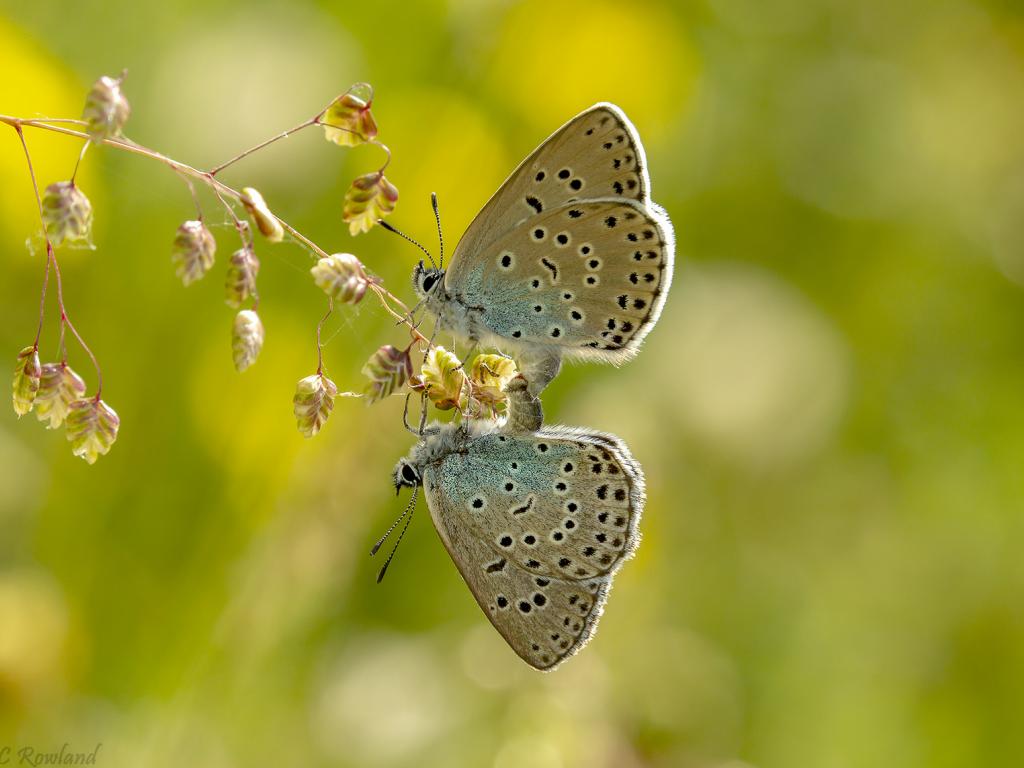
Chris Rowland
Chris Rowland
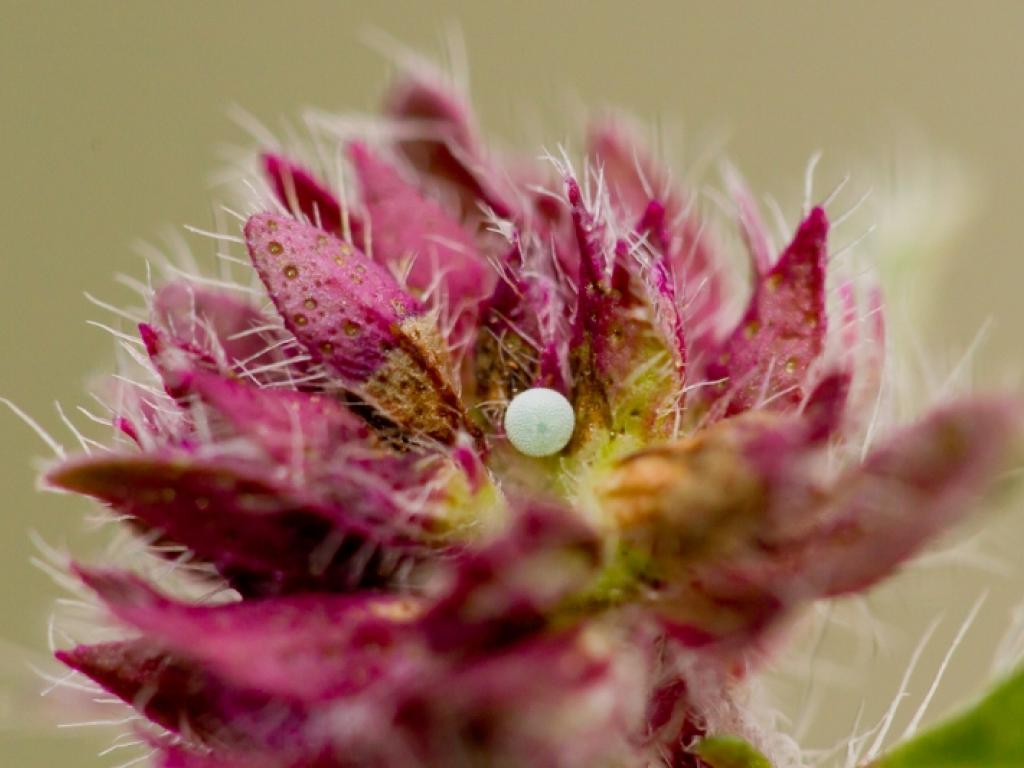
Large Blue (egg) - Peter Eeles
Peter Eeles
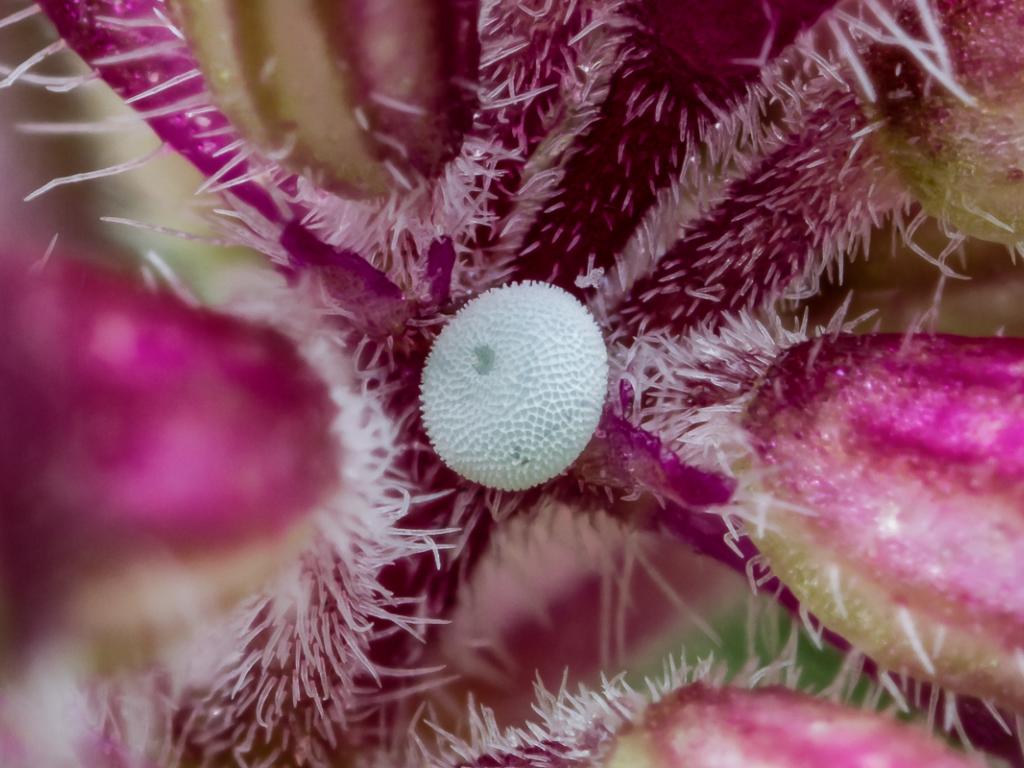
Large Blue (egg) - Peter Eeles
Peter Eeles
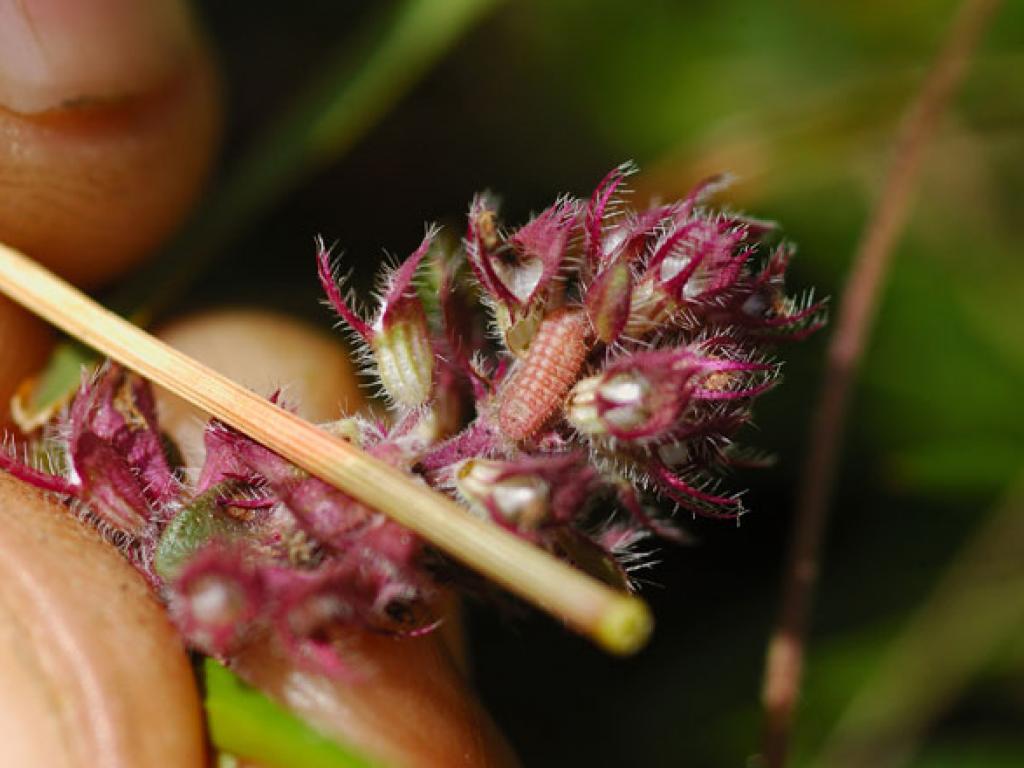
Large Blue (caterpillar) - Jim Asher
Jim Asher
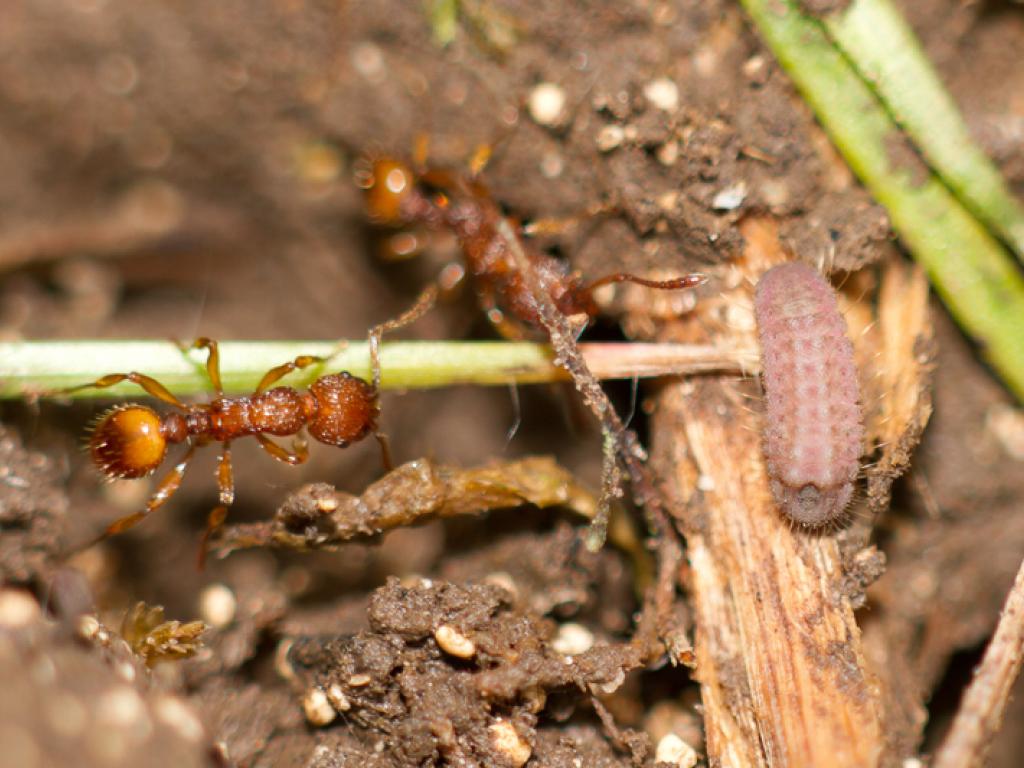
Large Blue (caterpillar with ant) - Peter Eeles
Peter Eeles